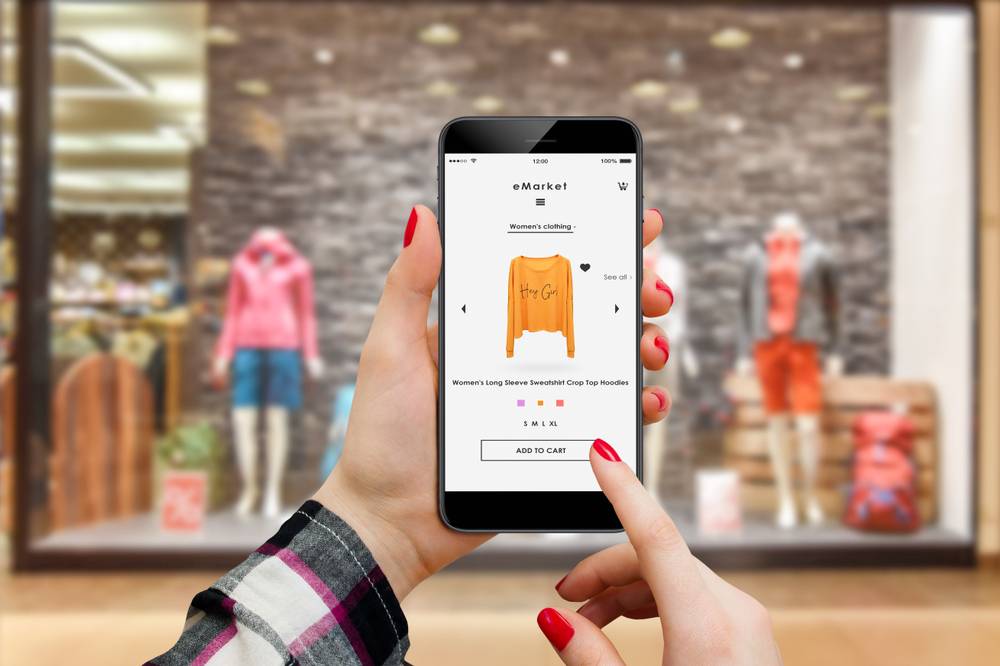Setting the right price for a product or service is critical for any business’s success. Pricing products too low can lead to missed profits, while pricing them too high can make customers wary of purchasing. Therefore, it is essential to conduct market research, compare prices with competitors, and consider the customer’s perception of value when setting prices for maximum profit. Here are some key factors to consider when pricing products for maximum profit.

Your Target Customer
The first thing you need to consider is who you’re selling your product to and what they’re willing to pay. Your target customer could be a specific segment of the population, such as elderly people or children. Or, it could be a general group of people within your industry. Once you know your target customer, you can adjust your product and price accordingly.
Competitor’s Prices
Next up, dive into your competitors’ prices for similar products. By comparing your prices to theirs, you can spot any pricing opportunities that may be missing from your own offering. For example, if you notice that your competitor is charging $200 for a product, and you’re charging $180, you might be able to raise your price by 10 percent and still appear competitive.
However, there are other factors to consider, like who you are and the quality of your product compared to yours. Finally, consider how much the customer is willing to pay for your product. This is often based on their needs and preferences, so it’s essential to understand these factors before setting a price. To better understand what the customer wants, conduct market research.
Quality vs. Price
Many businesses seek to get the highest profit per unit, but sometimes fail to factor in the quality of their product compared to other products from competitors. Therefore, always try to understand the relationship between quality and price when determining what the best price for selling your product will be.
As you start building brand notoriety, you might notice yourself gaining the ability to attract customers willing to pay higher prices. A prime example of this would be the iOS vs. Android dynamic. Although both platforms tend to have many of the same features, people love and trust Apple and are willing to pay a higher price for a brand commonly perceived to be of higher quality.
Cost of Production
Before setting your prices, you need to factor in the production costs for your products. Your company should be able to calculate the production cost of each unit. Don’t forget to consider more minuscule factors like the cost of fuel and maintenance for your service trucks if your company relies on factors like these. You should also ensure that paying your employees a fair salary is a factor in the production costs! High turnover rates can quickly lead to higher training and recruitment costs than necessary.
A big chunk of your pricing strategy should also be to lessen production costs as much as possible! Cut corners in every part of the production process as much as possible. However, you also don’t want to harm the finished quality of the products. Find a nice balance between quality and the cheapest possible production.
Profit Margin
In the retail business, the bottom line tends to be your profits. After all, you are learning marketing and pricing strategies to help build a better life for you and your loved ones. Decide on a reasonable profit margin that aligns with market standards for similar products. Set a minimum for how much profit you need – at the bare minimum. Then, set your prices at a comfortable level above that minimum.
Barely making ends meet to grow your brand and/or compete with competitors tends not to work out in the end. If you find that you need help getting more profit per unit, maybe you should focus more on cutting production costs and marketing rather than your pricing.

Price Adjustments
We all are prone to errors and making decisions that might not work out as well as we hope them to. For this reason, you should always be ready to adjust your prices based on what customers are willing to pay while not taking a significant toll on your revenue. There are also many other reasons to adjust prices, such as changes in demand, inflation, new trends, outdated merchandise, and more.
One way to know when you need to change prices is by monitoring trends. Gathering data over time and visualizing the demand for your product will help you set yourself apart from your competition. Monitor how your customers respond to your pricing and adjust as necessary. Without keeping a good data model, it will be hard to identify and share the best prices for your product.
Special Offers & Discounts
When pricing your products for maximum profit, you must consider special offers and promotions as part of your pricing strategy. Special offers can be a powerful tool for increasing sales and driving profits. Here are some tips for creating compelling discounts and promotions.
- Entice: Your special offers should entice customers and make them feel compelled to take advantage of them. If you are only doing a small promotion (ex. 5% off), don’t expect it to be that enticing.
- Time-Sensitivity: Special offers are often most effective when they are time-sensitive. This encourages customers to act quickly and take advantage of the offer before it expires. Consider offering discounts or bonuses for short periods to incentivize customers to purchase your product immediately.
- Leverage Social Media: Share your special offers on social media to spread the word and gain more exposure. Not to mention, this is also a great way to reach a larger audience and create awareness around your product or service.
- Track Results: Keep track of your special offers and measure the results. This will help you determine which offers are working and which aren’t so that you can adjust your strategy accordingly.
However, keep in mind that special offers should be used strategically and with careful consideration of their potential impact on your bottom line. If you start to dig into profits that you need to keep your business afloat to get some short-term sales, then you are doing it all wrong!
Upsell Your Other Products & Services
Sometimes, you will quickly sell certain items, whereas others might linger around in your inventory and clutter your warehouse. If you start to run into this problem, you might look into fresh ways to sell other products and services as part of a package deal with the products selling well. Look into creating bundles or packages to offer customers more value for their money.
You might be surprised how much interest will be gained in products that were previously not selling that well when you upsell them at a special rate as part of a bulk deal. The worst-case scenario would be that they don’t get upsold as much as you would like. But if even a tiny number gets bought, it helps you add more revenue and clear out bulk inventory.
For more information, please refer to the following pages:
